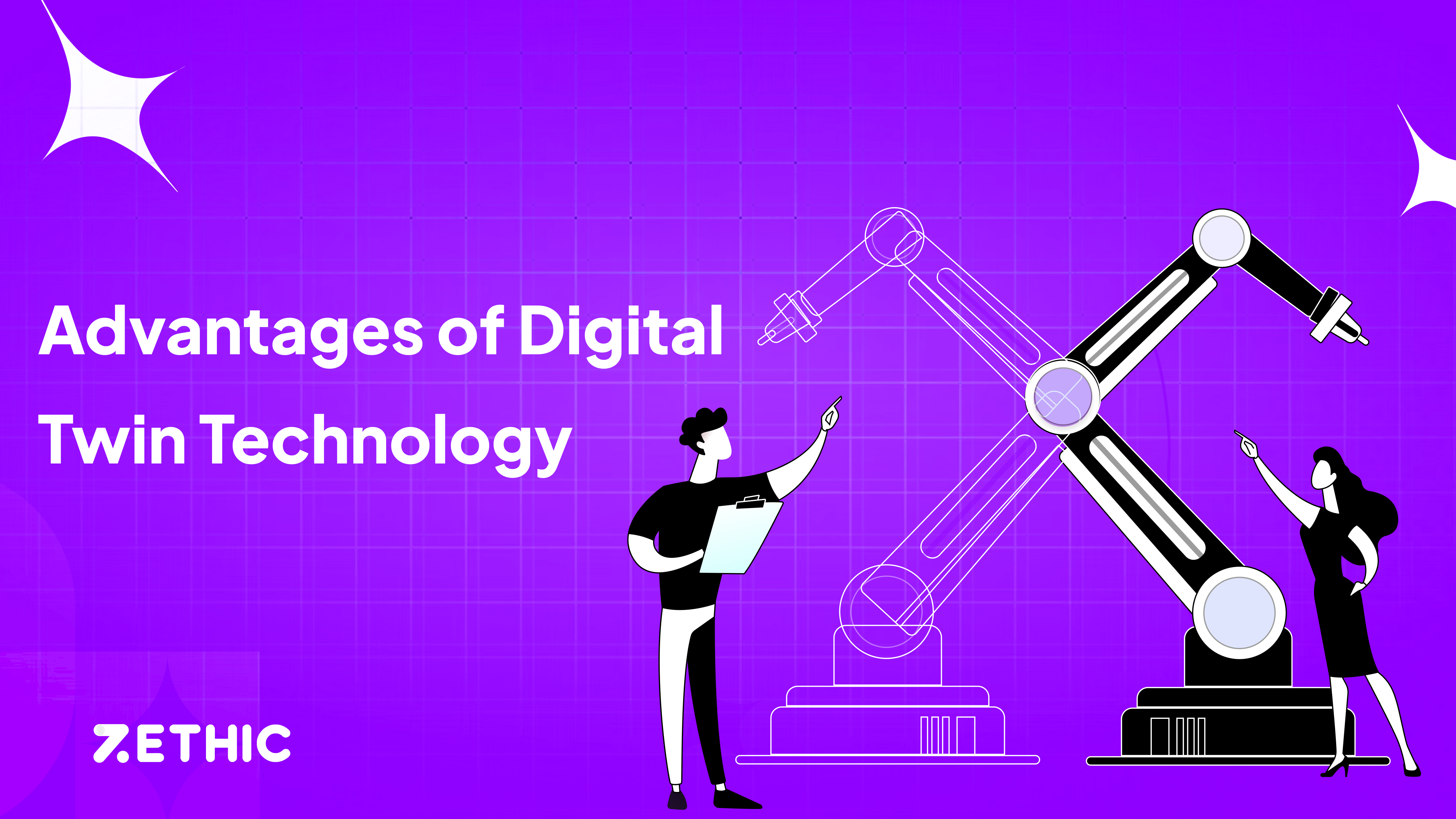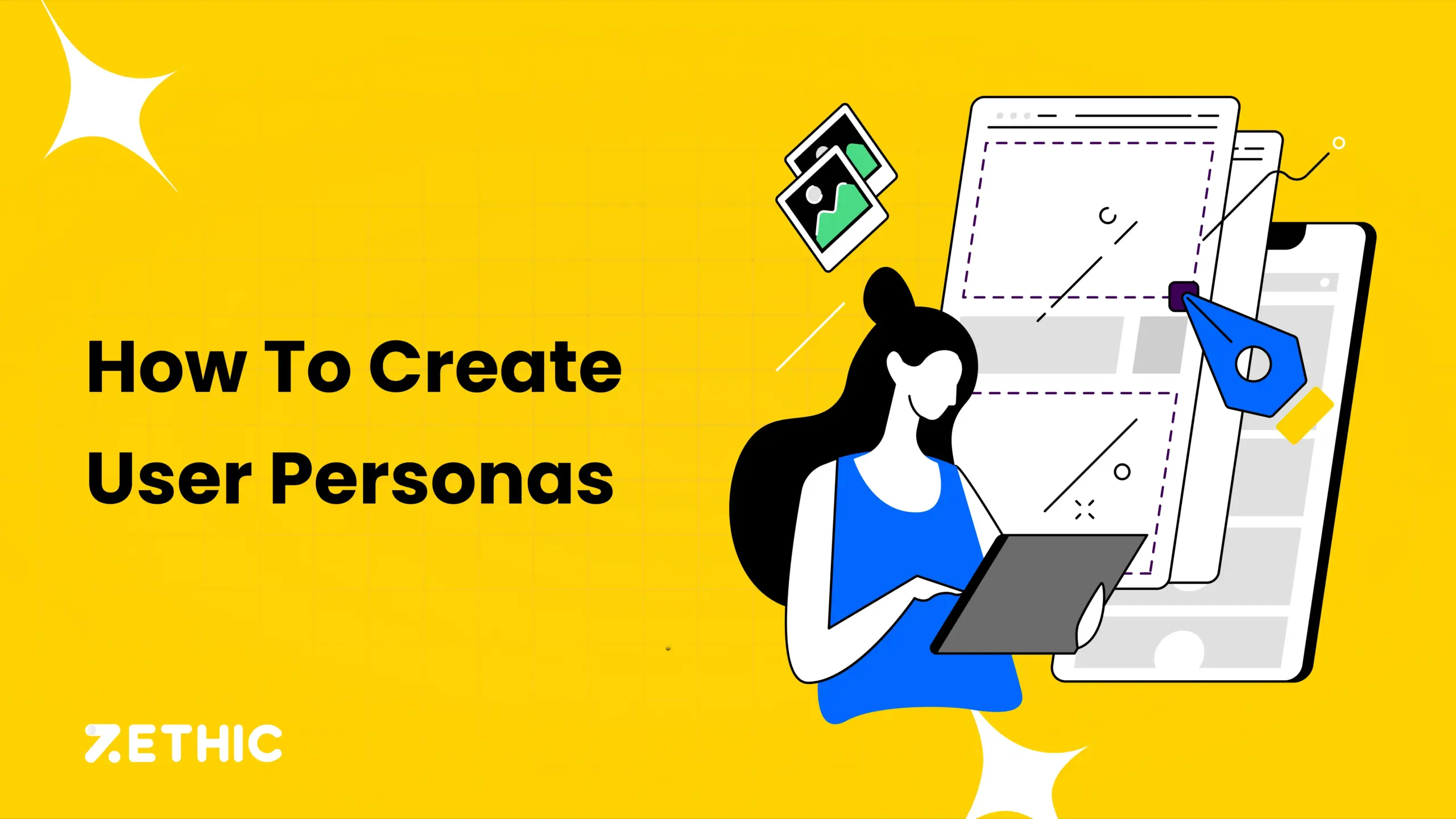In today’s rapidly evolving digital era, technology continues to revolutionize various industries. An innovation that has garnered considerable traction in this revolutionary time is none other than the Digital Twin technology. A digital twin is a virtual replica or representation of a physical object, process, or system that enables real-time monitoring, analysis, and optimization. By leveraging the power of data analytics, artificial intelligence, and the Internet of Things (IoT), digital twins offer numerous advantages across multiple sectors. In this blog, we will delve into the benefits of digital twin technology and explore its role in promoting sustainability.
Advantages Of Using Digital Twin Technology:
Real-Time Monitoring and Predictive Maintenance:
Digital twins enable real-time monitoring of physical assets by integrating IoT devices and sensors. This allows businesses to collect data on performance, condition, and usage patterns, facilitating predictive maintenance. By analyzing this data, anomalies can be detected early, enabling proactive maintenance and reducing downtime. This results in improved asset performance, cost savings, and increased operational efficiency.
Operational Optimization:
Digital twins offer valuable insights into the operations of complex systems such as manufacturing plants, supply chains, and transportation networks. By simulating different scenarios and optimizing processes, organizations can identify bottlenecks, streamline workflows, and improve overall productivity. Additionally, digital twins enable the implementation of advanced analytics and machine learning algorithms, enhancing decision-making and resource allocation.
Remote and Virtual Collaboration:
In an increasingly globalized world, digital twins enable remote collaboration among teams and stakeholders. By accessing the virtual replica, a space has been created for the individuals to work live irrespective of their locations. This promotes cross-functional collaboration, accelerates decision-making processes, and reduces travel costs. Furthermore, digital twins facilitate effective communication and knowledge sharing, ensuring everyone is on the same page.
Reasons for Digital Twin Technology Being a Sustainable Entity
Energy Efficiency:
Digital twins play a crucial role in optimizing energy consumption and reducing carbon footprints. By analyzing data from various sources, including sensors, weather forecasts, and energy consumption patterns, organizations can identify energy-saving opportunities and implement more efficient operational strategies. For example, in smart buildings, digital twins can regulate temperature, lighting, and energy usage to minimize waste and enhance sustainability.
Waste Reduction and Recycling:
Digital twins enable organizations to optimize their waste management processes. By monitoring and analyzing data related to waste generation, disposal, and recycling, businesses can identify inefficiencies, improve waste segregation, and implement recycling programs effectively. This practice effectively mitigates environmental impact, but it also amplifies resource efficiency and makes a substantial contribution to the concept of a circular economy.
Sustainable Urban Planning:
Digital twins are invaluable in urban planning and development. By creating virtual replicas of cities, planners can simulate and optimize various aspects, including transportation networks, energy grids, and waste management systems. This allows for sustainable urban growth, efficient resource allocation, and informed decision-making to create environmentally friendly and livable cities.
User’s Perspective on the Digital Twin Technology Journey:
Digital twin technology has emerged as a groundbreaking innovation, revolutionizing the way businesses and industries operate. By creating virtual replicas of physical assets, systems, and processes, digital twins offer users a unique and transformative experience.
Manufacturing Industry:
Digital twin technology has been widely adopted in the manufacturing sector, enabling companies to optimize their operations and enhance productivity. Manufacturers use digital twins to simulate production processes, identify bottlenecks, and optimize workflows. As a consequence, this leads to minimized operational disruptions, elevated product quality, and heightened operational efficiency. Users have reported significant gains in productivity and the ability to make data-driven decisions, leading to cost savings and enhanced competitiveness.
Energy and Utilities:
In the energy and utilities sector, digital twin technology has played a vital role in optimizing asset performance, enhancing energy efficiency, and promoting sustainable practices.
By gaining real-time insights into asset conditions and performance, users can proactively identify issues, implement predictive maintenance, and optimize energy consumption. This has led to improved operational efficiency, reduced downtime, and increased sustainability.
Smart Cities:
Digital twin technology has found extensive applications in the development and management of smart cities. City planners and administrators use digital twins to simulate and optimize urban infrastructure, transportation systems, and public services. Users can visualize the impact of different scenarios, such as traffic patterns or energy consumption, and make informed decisions to improve efficiency and sustainability. The ability to monitor and manage various aspects of a city in real-time empowers users to enhance the quality of life for residents, reduce resource consumption, and promote sustainable urban development.
Healthcare:
In the healthcare industry, digital twin technology has shown immense promise in improving patient care, optimizing healthcare processes, and enhancing medical research. Users have leveraged digital twins to simulate and analyze patient data, enabling personalized treatment plans and better clinical outcomes. Digital twins also assist in predicting the spread of diseases, optimizing hospital workflows, and supporting medical device development. The use of virtual replicas in healthcare has the potential to transform the industry by enabling precision medicine, reducing costs, and improving patient experiences.
Aerospace and Automotive:
Digital twin technology has found extensive applications in the aerospace and automotive industries. Users in these sectors use digital twins to optimize product design, predict performance, and enhance safety. By simulating the behaviour of complex systems and components, engineers can identify potential issues early in the development phase, resulting in improved product quality and reduced time to market. Users also benefit from predictive maintenance, enabling proactive identification of component failures and optimizing maintenance schedules to minimize downtime.
Concerns in Digital Twin Technology:
- Accumulating data from various sources and maintaining them with absolute accuracy, authenticity, and regularity in a seamless flow poses a challenge in Digital Twin Technology
- Complexity has been addressed while encompassing a large number of assets using robust infrastructure and systematic data processing capabilities in the interconnected systems
- Transfer of communication and data exchange between different software, devices, and equipment lacks flow due to varying formats and protocols
Conclusion
Digital twin technology holds immense potential to transform industries across the globe. Its advantages, ranging from enhanced design and development to real-time monitoring and predictive maintenance, are reshaping the way businesses operate. Moreover, digital twins are contributing to sustainability efforts by promoting energy efficiency, waste reduction, and sustainable urban planning.
As technology advances, digital twin technology will play an increasingly pivotal role in shaping a more innovative, efficient, and sustainable future. From manufacturing to healthcare, users have harnessed the power of virtual replicas to optimize processes, enhance sustainability, and improve outcomes. Partner up with Zethic and pace up your business in this fast-evolving tech realm. As the technology continues to evolve, user feedback and experiences will play a crucial role in refining digital twin applications, addressing challenges, and unlocking even greater benefits. With its vast potential and growing adoption, digital twin technology is poised to reshape industries and drive innovation in the years to come with Zethic.







Can you be more specific about the content of your article? After reading it, I still have some doubts. Hope you can help me.
Can you be more specific about the content of your article? After reading it, I still have some doubts. Hope you can help me.
Your point of view caught my eye and was very interesting. Thanks. I have a question for you.
I don’t think the title of your article matches the content lol. Just kidding, mainly because I had some doubts after reading the article.
Your article helped me a lot, is there any more related content? Thanks!
Thank you for your sharing. I am worried that I lack creative ideas. It is your article that makes me full of hope. Thank you. But, I have a question, can you help me?